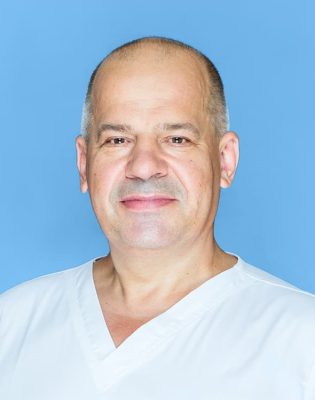Services
Sedation dentistry (sleep dentistry)
WHAT IS SEDATION?
In case of traumatic, long-term manipulations, dentists recommend carrying them out under sedation. Under its influence, the patient is in a state of superficial sleep, fulfills all the doctor’s commands, and at the same time does not experience any physical and psychological discomfort. Side effects are brought to naught. Sedation preserves the patient’s ability to breathe independently, without an artificial respirator.
Sedation can be achieved in various ways, such as oral, intramuscular, intravenous, and inhalation. In our Clinic, we use intravenous sedation.
HOW TO PREPARE FOR DENTAL SEDATION?
To avoid complications during sedation, you need to prepare as follows. First of all, we must obtain informed consent from you about receiving sedated dental care. Our anesthesiologist will take a detailed history of you and conduct an examination to understand which patient group you belong to, following the American Society of Anesthesiologists (ASA) classification. Only patients who meet the ASA class I and ASA II criteria can be considered for sedation in an outpatient clinic setting.
For routine procedures using sedation, the rule is “2-6 on an empty stomach” (do not drink liquid 2 hours before sedation, and not eat solid food 6 hours before sedation).
MAIN INDICATIONS FOR SEDATION
1. Dental phobia and anxiety.
2. Traumatic and long-term dental procedures.
3. Medical conditions aggravated by stress, such as angina pectoris, asthma, and epilepsy.
4. Children aged over one year.
5. Mentally disabled people.
6. Ineffective local anesthesia for any reason.
BENEFITS OF SEDATION IN OUR CLINIC
In our Clinic, all dental procedures using sedation are carried out using special equipment, thanks to which this procedure becomes safe and as effective as possible.
DURING THE FIRST 24 HOURS AFTER SURGERY, IT IS RECOMMENDED:
• to be under the supervision of people close to you;• not take an active part in traffic;
• not to get engaged in activities that require high concentration;
• do not drink alcohol.

Book online
1. What is the difference between sedation and anesthesia?
Sedation is a technique in which there is a minimal effect on the central nervous system, enabling treatment to be carried out in a more comfortable environment for the patient; the patient is conscious, can breathe without assistance, and communicate with your doctor. During sedation, there is no release of catecholamines (stress hormones), so healing and recovery are several times faster and better. General anesthesia is complete anesthetic protection with a sleep-like state, general pain, and all body systems control, including control of sleep depth.2. What are the sedation risks?
Sedation can affect your ability to respond correctly and quickly to events, which can have serious consequences. Therefore, during the first 24 hours after surgery, you should not:- Drive a car or other vehicles.
- Make any vital decision or sign legal documents.
- Take alcohol or sleeping pills.
This service is provided by doctors:
Book online
